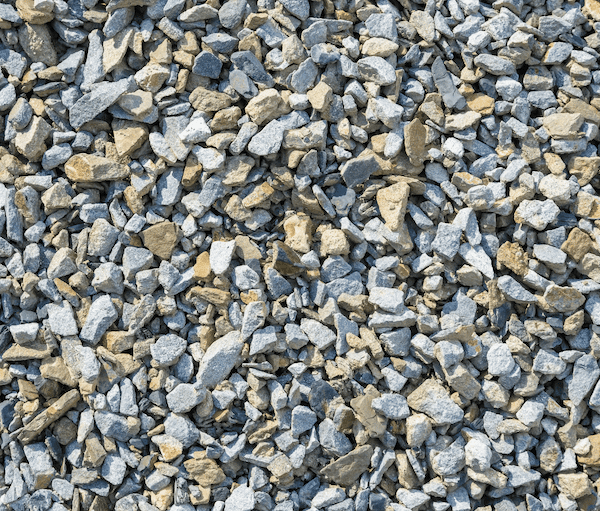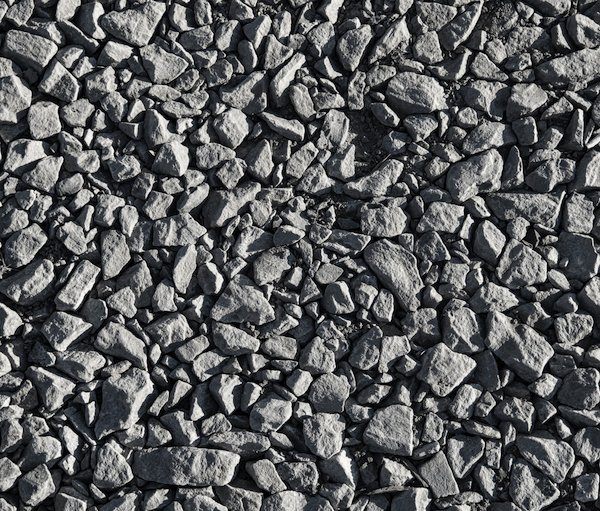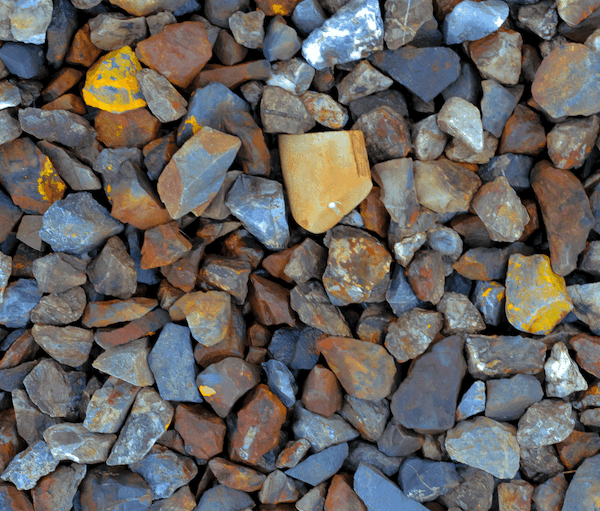Aggregates

Aggregates
Aggregates play a significant role in a variety of construction applications, both home and commercial, and they contribute significantly to the composition of materials like cement and concrete. By definition, aggregates are a grouping of loose materials like sand, gravel, and crushed stone. In certain nations, they are obtained through quarries, pits, and even materials extracted from the sea. Asphalt is made up of 95% aggregates, while ready-mixed concrete is made up of about 80% aggregates.
- Granite Aggregates
- Gravel/Ballast Aggregates

Granite Aggregates
This is the ideal aggregate for high-grade concrete and can be utilised as a decorative element because it comes in a range of colours, including grey, red, and pink. Feldspar, quartz, and mica crystals, which make up granite itself, are what give the stone its colour.

Gravel/Ballast Aggregates
By sifting quarried rock and crushing natural stone, gravel aggregates are obtained. While less durable than their granite counterparts, gravel aggregates are frequently less expensive to buy. It also has a low radioactive content, which is a relatively specialised but still advantageous property. Gravel aggregates are used in the construction of roads, reinforced concrete products, and foundations and concretes.